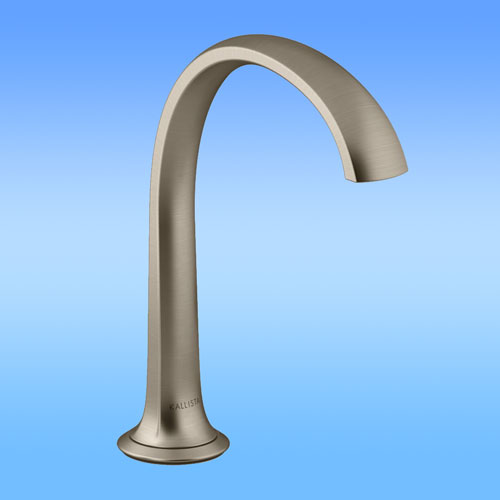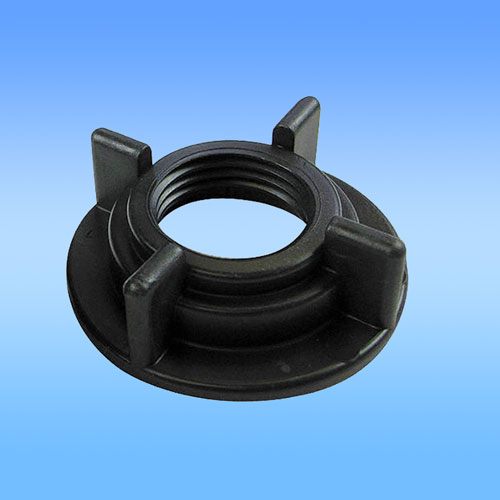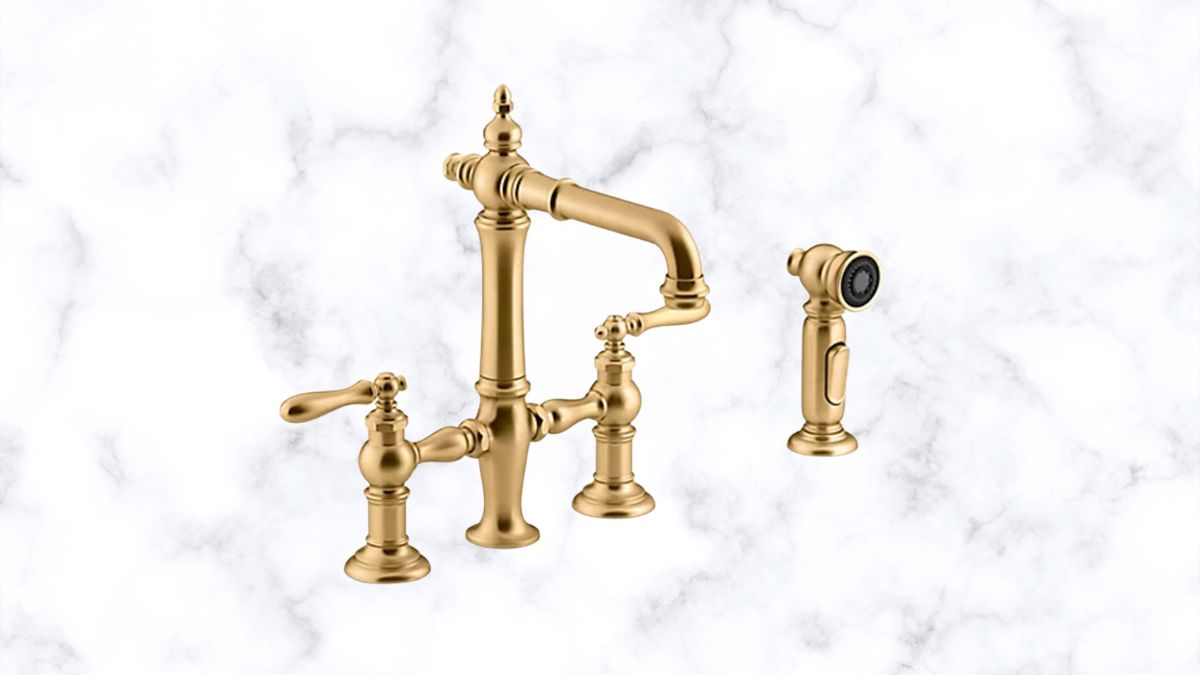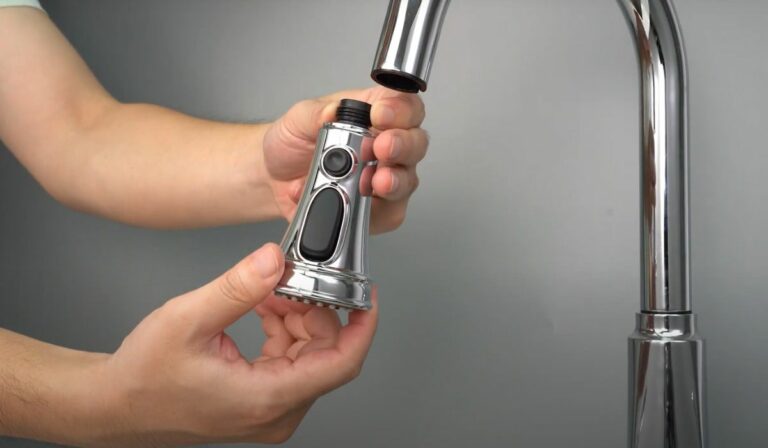What Are the Parts of a Faucet? [7 Crucial Components]
Your faucet broke down. All you need to do to fix it by replacing a certain part. But you don’t know what that part is called and hence cannot explain it to the salesman or the plumber.
This is a common problem many people face and it’s very troublesome. So, what are the parts of a faucet?
A faucet has many integral and technical parts. Some of them are the handles, valves, discs, body, spout, plates, o rings, aerator, etc. Each piece has a distinct function. They all work together to make the faucet and ensure proper water flow.
In this article, I will explain all these parts in detail. So, if you want to know what the components of a faucet areand be able to fix the system yourself, keep reading below.
What Are Parts of a Faucet Called?
It’s impossible for us to know all the parts of a faucet unless we’re a plumber. But faucets are a part of our everyday life, and their need is very grave to each of us.
So, when a faucet breaks, your life may turn upside down.
Besides, finding a plumber right away can be challenging. That’s why you must know your way around a faucet and work with it in every situation.
Hence, I am here to familiarize you with all the faucet parts, their names, and their functions! Take a look at what the parts of a kitchen faucet are called below.
1. Handle
The first part on the list is the most basic part of a faucet system: the handle. A handle is like the key to the whole world of faucets; a lot depends on it.

It is like the switch that turns on and off the water supply whenever we want.
A faucet typically has either one or two handles. There are also different types of faucet handles like levers, blades, etc. The handles are connected to the main valve of the faucet and control the flow of water.
You can generally move the handle by twisting it or moving it gently up and down, and water comes on. Nowadays, a single handle is much more common than a double handle.
2. Spout
Another central part of a faucet is a spout through which the water always comes out. Spouts can come in many shapes and designs. This is the part that plays the lead role in your faucet’s aesthetics and everyone cares about its outlook.

Some standard spouts are gooseneck, pull-out, waterfall, shepherd’s crook, etc. They all best fit different types of usages.
For example, pull-out spouts are outstanding among all kitchen faucet parts names if you wash vegetables or bulk items often.
The main job of the spout is to deliver water, so its height and shape also matter.
You must get a spout that will match your height so you can use it comfortably. It should not also be too high or low on your sink for proper water delivery.
Moreover, if you’re looking for a thin flow of water, you can get a spout that is narrow in shape.
3. Aerator
Aerators are the mesh in your spout opening that makes water come down in divided streams. The purpose of an aerator on a faucet is to reduce the pressure of water and dilute it a bit so that there is no splashing.

It also helps decrease the volume of water flowing out so that too much water doesn’t come out simultaneously.
In addition, they make sure no unexpected impurities come out of the water and filter it.
4. Escutcheon Plate
The name of this part of the faucet might be new to you, but I’m sure you always notice it when you glance at a tap. This plate is mounted at the bottom of the faucet and above the sink.

It kind of looks like it’s connecting the two parts. To elaborate, the escutcheon plate is more for visuals rather than technical function.
It acts as an aesthetic to hide the extra holes on your sink to install a faucet or simply hide the whole connection. These plates come in various designs and shapes.
They’re widespread in center set pieces.
5. Valve
The valves are the main switch that controls the flow of water. When we move the handle, we’re moving the valve alongside, allowing water to flow or stop.

Valves come as discs, balls, or cartridges.
Moreover, they also control the temperature of the water as the opening for cold and warm water is controlled it.
The valves are an integral part of the faucet, so you must ensure they’re always in good condition. Replace it immediately if broken.
6. Faucet Body
The body is situated between the valve and the escutcheon plate. It extracts water from the main supply line and then stores it for the faucet.

This part also acts as a reservoir to mix the cold and hot water. When the valve is opened, water flows from the body towards the valve and comes out from the spout.
7. Mounting Bolts
If you’re going to repair your faucet, this is one of the faucet parts you definitely need to know about.

Mounting bolts attach the entire faucet set with the sink. It is generally placed on the edges of the escutcheon plate and into the sink.
Before putting in the bolts, prepare mounting holes in your sink first. The bolts are large, so you’ll need to create openings accordingly.
Parts Of A Kitchen Faucet Diagram
I know reading all this information all at once may make it hard for you to process and visualize the whole figure. That’s why I have added a faucet parts diagram for you below to simplify it all:

Here, you can clearly see which part is situated where. Now, you may get a better understanding about the structure of a faucet.
Frequently Asked Questions
1. Are aerators mandatory for my spout?
Aerators are not totally mandatory but most spouts these days have one. They help your water be in the right amount and make it user-friendly. Moreover, they maintain appropriate pressure.
2. Should my faucet parts always have an escutcheon plate?
No, faucets do not always have these plates. As they’re more for aesthetics, many faucets are designed without an escutcheon plate. Widespread spouts are a great example.
3. What is an O-ring on a faucet?
O-rings prevent water from leaking out of the bottom of the spout. They can be made of various materials and ensure zero leaks among the joints of the faucet spout.
Final Words
Faucets are a massive part of our everyday life. They break down often, and calling a plumber for the smallest things may sometimes seem inconvenient. If you know your faucet well, you can fix it yourself.
That’s why, in this article, I told you about all parts a faucet has. If you were wondering− what are the parts of a faucet called? You now know the answer.
I hope the article will help you work on your faucet system much better.


![Why Is My Faucet Making Weird Noise? [Solved]](https://faucetfam.com/wp-content/uploads/2023/02/why-is-my-faucet-making-noise-768x432.jpg)


![Which Faucets Are Made in China [Exploring Faucet Origins]](https://faucetfam.com/wp-content/uploads/2023/10/made-in-china-faucets-768x448.jpg)

